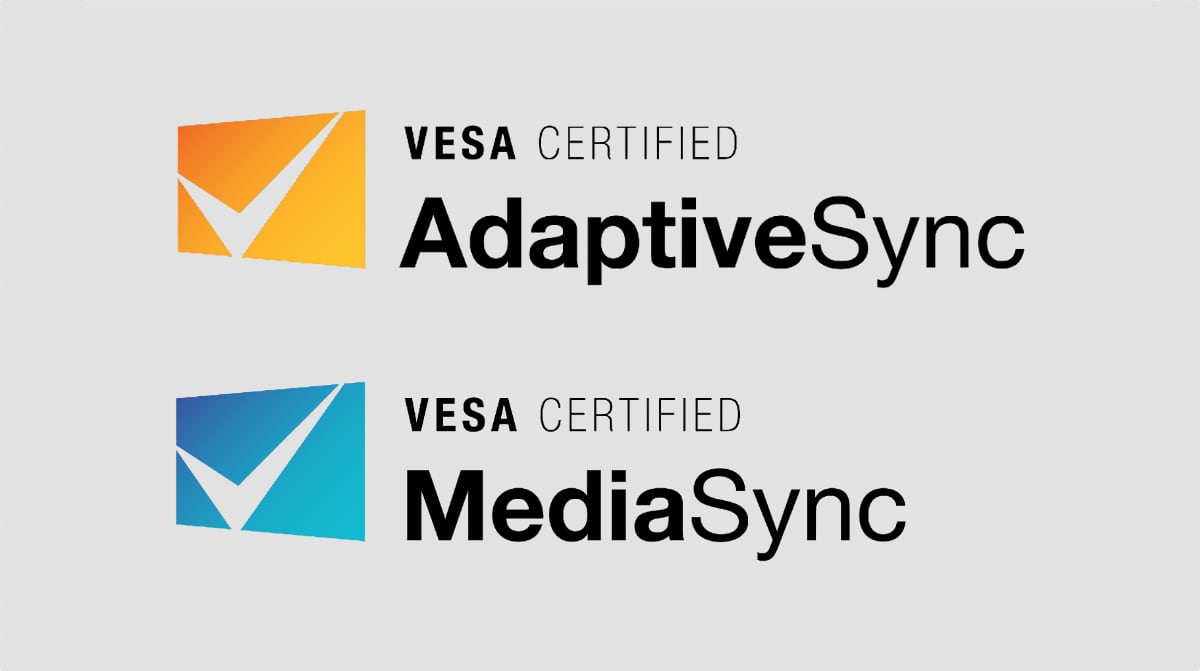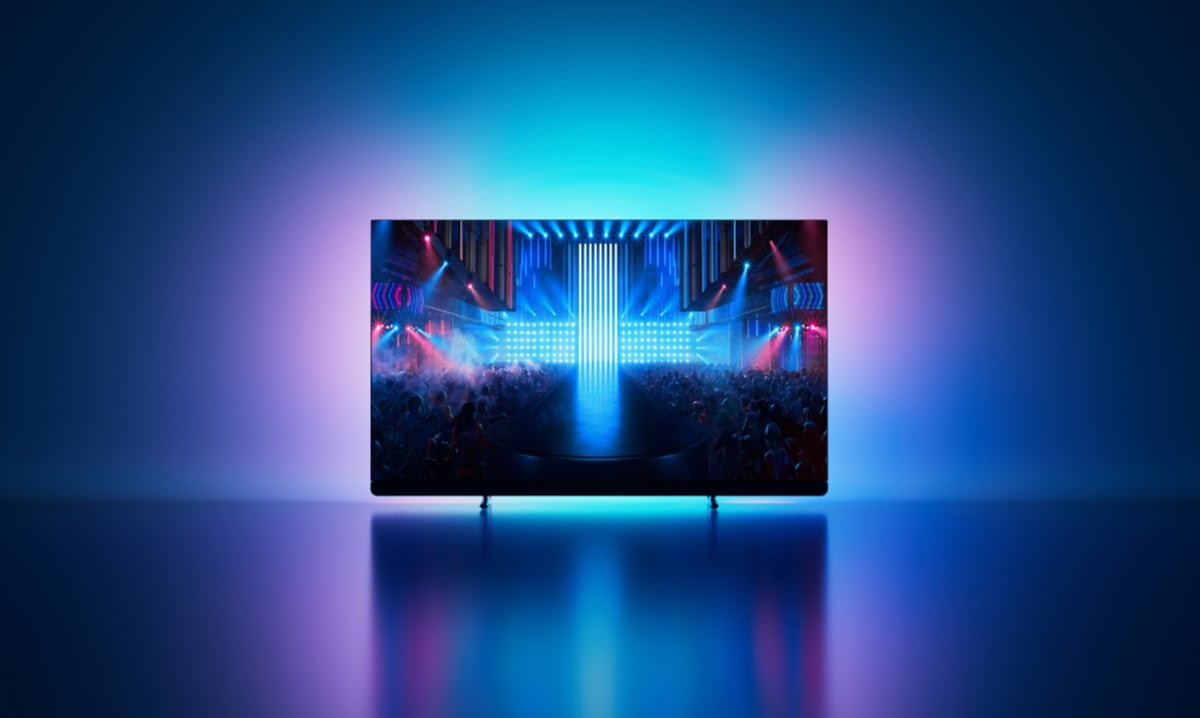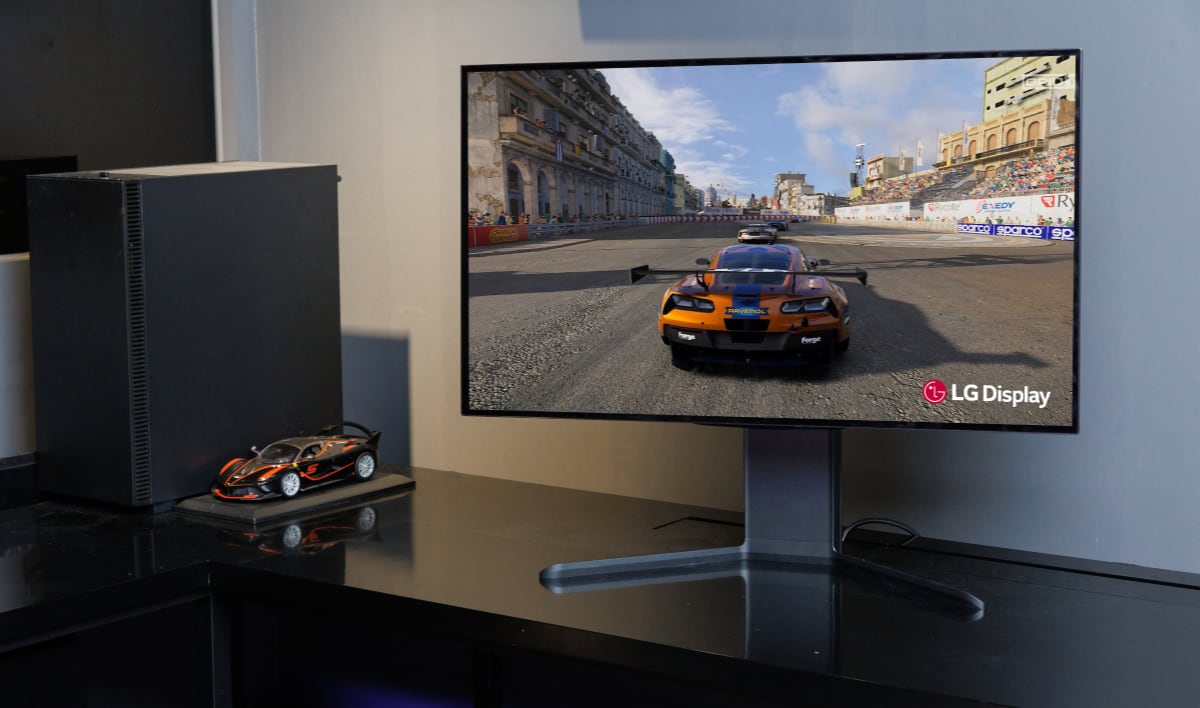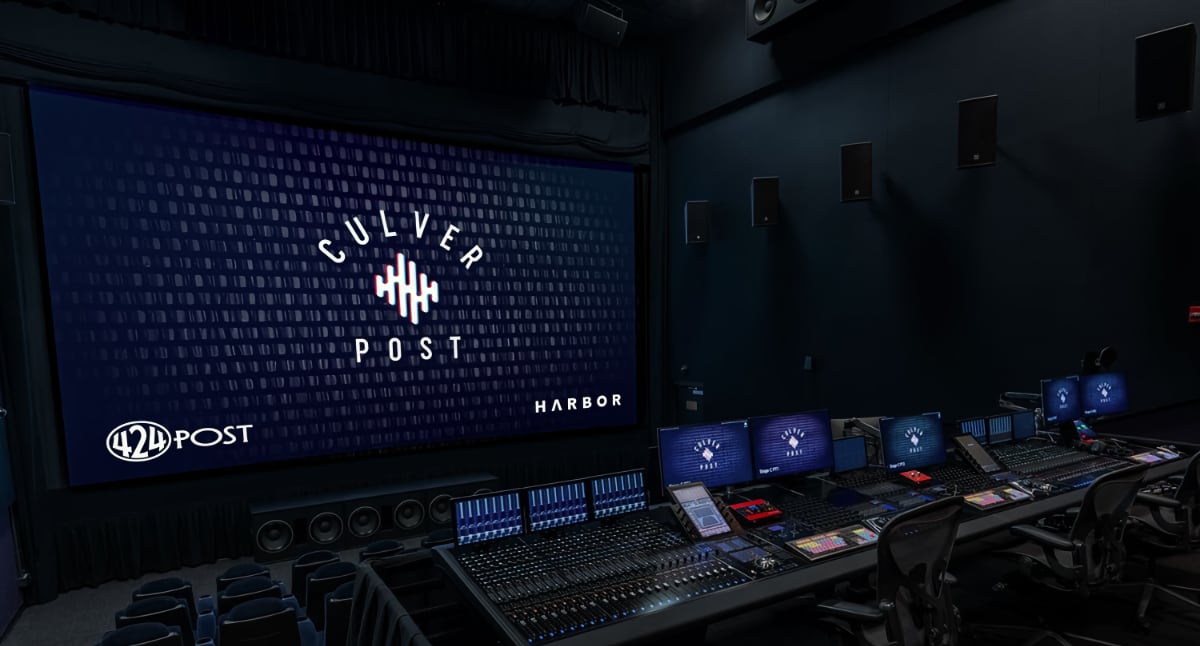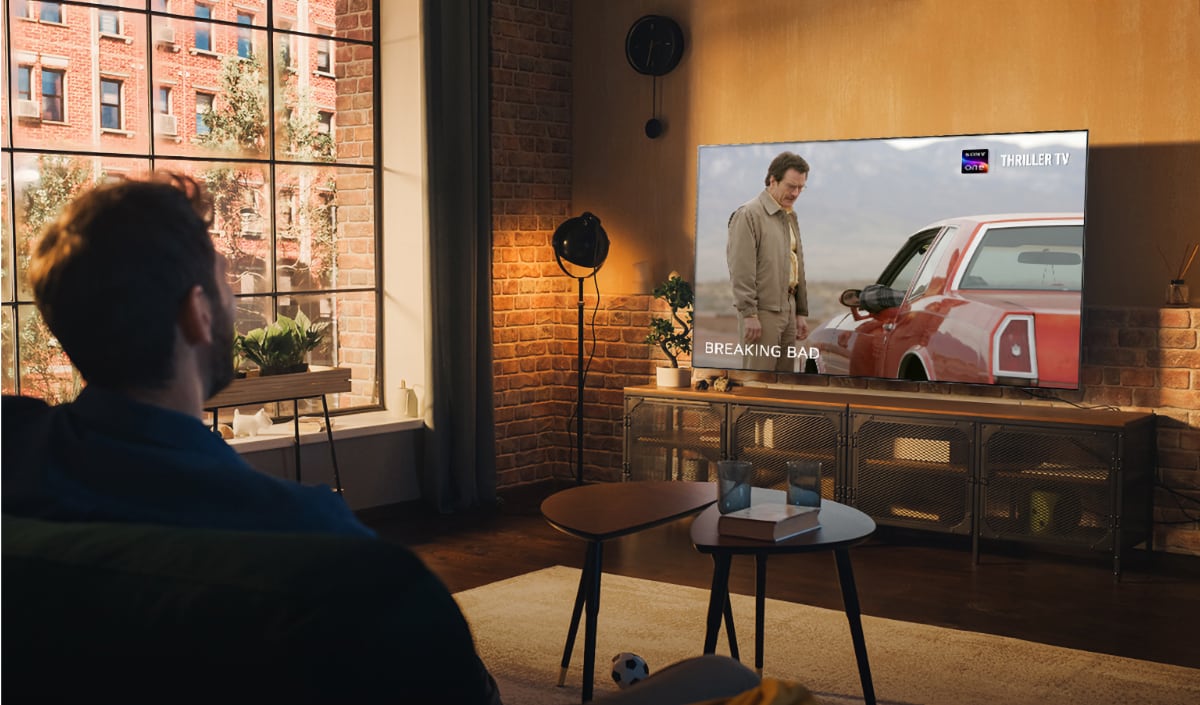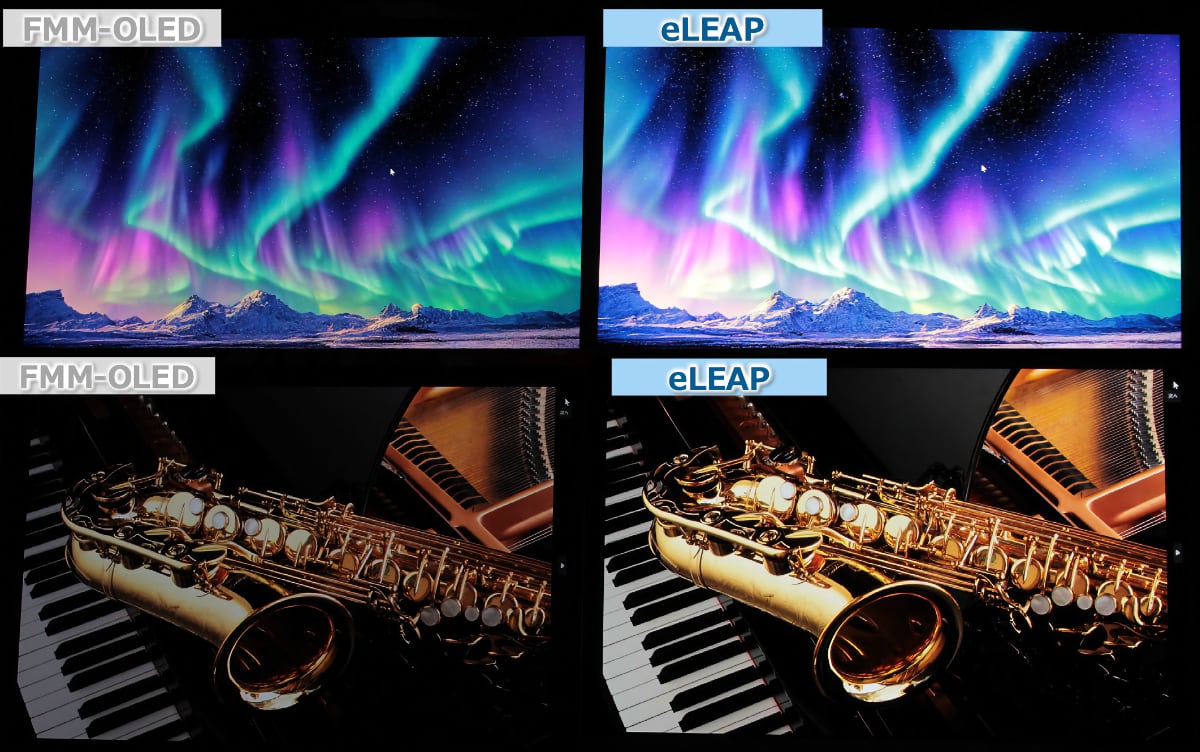VESA has launched a new open standard certification program for variable refresh rate performance on PC and laptop monitors. Look for the AdaptiveSync Display and MediaSync Display logos.
In the future you may want to look not just for the AMD FreeSync and Nvidia G-Sync logos but also the new AdaptiveSync logo when buying a gaming PC monitor.
VESA said that its testing encompasses "a comprehensive and rigorous set of more than 50 test criteria, an automated testing methodology and performance mandates for PC monitors and laptops supporting VESA’s Adaptive-Sync protocols".
- "The Adaptive-Sync Display CTS builds upon the foundation that VESA laid with the introduction of the Adaptive-Sync protocols eight years ago. It provides an open, industry-wide and brand-agnostic standard backed by a logo program that gives consumers a guarantee that the displays that they’re buying for gaming or for media playback will meet a clearly defined minimum set of front-of-screen performance criteria when used with a suitable GPU. In designing the test specification and logo program, VESA explicitly set a high bar on performance criteria and testing methodology with tighter criteria than many existing specs and logo programs. As with all of our standards, VESA will continue to develop and refine the Adaptive-Sync Display CTS to address new display developments and market needs in order to enable further improvements in visual quality and user-experience for consumers," said Roland Wooster, chairman of the VESA Display Performance Metrics Task Group.

The logo includes a value indicating the maximum video frame rate that is achievable for Adaptive-Sync operation
VESA's AdaptiveSync certification
Seemingly aiming to avoid the mistakes of its own DisplayHDR certification, which is meaningless because almost all monitors can qualify at some level even if they do not have the display hardware for HDR, VESA has implemented stricter requirements for AdaptiveSync certification.
Monitors must have a minimum range of 60-144Hz for Adaptive-Sync, which allows for LFC (Low-Framerate Compensation) on the source. The logo will specify the monitor's maximum refresh rate, i.e. 144Hz, 165Hz, 240Hz, 360Hz etc.
Also read: First look: VRR gaming on PlayStation 5
VESA is also taking aim at misleading response time specifications quoted as G2G. Many LCD monitor manufacturers promote, for example, 1 ms (g2g) but this number typically represents the fastest grey-to-grey pixel transition only. Other pixel transitions can go up to 10, 20 ms or even higher. That explains why an OLED monitor quoted at 1 ms (g2g) is generally much faster than an LCD monitor quoted at 1 ms (g2g).
VESA will take multiple g2g measurements and calculate the average. It will also evaluate overdrive and underdrive trailing for response time performance. Especially overdrive trailing can be very distracting in practice.
Other factors such as contrast, brightness levels and HDR capabilities are not taken into account. For these picture quality parameters, VESA will continue to push its misleading DisplayHDR logo.
LG's 27GP950 and 27GP850 are the first monitors to receive VESA AdaptiveSync Display certification.
VESA's MediaSync certification
MediaSync is all about media playback on monitors and laptop screens. This is intended for users watching movies and series on their monitor.
VESA is testing for all 10 standard video frame rates ranging from 23.976fps to 60fps, i.e. 23.976, 24, 25, 29.97, 30, 47.952, 48, 50, 59.94, and 60.
The monitor must support minimum 48-60Hz refresh rate where 48Hz allows for frame-doubling of 24fps content. VESA is also testing for flicker and response time.
VESA's two new logos
| The VESA Certified AdaptiveSync Display logo is designed for gaming displays, focused on significantly higher refresh rates and low latency panel performance. The logo includes a value indicating the maximum video frame rate that is achievable for Adaptive-Sync operation when tested in factory default settings at native resolution. Values in the logo will include 144, 165, 240, 360, etc.
The VESA Certified MediaSync Display logo is designed for displays primarily focused on jitter-free media playback supporting all international broadcast video formats. There is no performance tier associated with this logo since the emphasis of product certification is on the absence of jitter and flicker rather than high frame rate. |
FAQ
| Can displays receive both the new AdaptiveSync Display and MediaSync Display logos?
The AdaptiveSync Display logo is in a functional sense a complete superset of the MediaSync Display logo program. At the same time, the two logos target distinctly different use cases. Therefore, while it’s possible for a device to pass both certifications and use both logos, it would be completely unnecessary.
Can displays receive one of these new logos and also feature other VESA logos (e.g., DisplayHDR)?
Absolutely, and VESA welcomes vendors to achieve multiple certifications, such as DisplayPort, DisplayHDR, AdaptiveSync Display or MediaSync Display, and others on the same product.
Can a display featuring an AdaptiveSync Display/MediaSync Display logo also feature a GPU vendor’s Variable Refresh Rate program logo?
Yes. The VESA program imposes no restrictions on the use of additional logos and certifications of other programs. The VESA Adaptive-Sync Display certification is performed upon the display testing the display’s raw performance, i.e., without any GPU vendor optimizations. This way, the end user knows that it meets VESA’s performance criteria on any GPU source that supports the Adaptive-Sync protocol. A device that bears both an VESA Adaptive-Sync Display certification logo and a GPU vendor’s logo will have had to meet the criteria of both programs.
How can I tell if a display has received VESA Adaptive-Sync Display certification?
Typically, vendors will utilize the VESA logos that they have gained certification for on their website, product literature, and box packaging.
What does an OEM need to do in order to get their display product certified?
OEMs who are VESA members (and with over 300 member companies, almost anyone involved in the display industry is already a VESA member) can send their hardware to one of VESA’s approved Authorized Test Centers (ATCs), pay the testing fee charged by the third-party test house, and obtain a pass or fail certification. VESA does not charge any fee for certification.
Is the Adaptive-Sync Display certification and logo program only for discrete displays (PC monitors) or does it also include laptops?
The program is open to any DisplayPort, Embedded DisplayPort (eDP), USB Alt-Mode, or Thunderbolt/USB4-based display device, including laptops, all-in-one (AIO) computers, and monitors.
Can other products (tablets, smartphones, projectors, etc.) also qualify for certification?
Potentially, other types of devices could be certified in the future. VESA would need to consider how suitable testing could be implemented as our test routines require either a DisplayPort, USB Alt-Mode, or Thunderbolt/USB4 input, or the Windows operating system to execute the tests on a laptop or AIO.
Does VESA allow for self-certification by the OEMs?
Currently no. All certifications for the VESA AdaptiveSync Display are required to be performed by a VESA approved ATC.
For the G2G overshoot/undershoot tests, are you testing at one refresh rate or multiple refresh rates?
When running in Adaptive-Sync mode, the refresh rate (i.e., the speed at which the data is transferred, frame by frame, to the display) and the speed at which the display scan out is occurring is always at maximum refresh rate. When frames are being updated at less than the maximum refresh rate of the panel, this is not because the panel is running any slower, but because the vertical blanking interval (VBlank) timing between frame to frame has increased. Therefore, there is no reason to test G2G/Overshoot/Undershoot at anything other than maximum refresh rate as that’s the only rate the panel will be operating at when in Adaptive-Sync mode. If you were to exit from Adaptive-Sync mode and change the display timing to a fixed rate timing, then and only then does the display clock rate and scan-out time change, at which point different G2G performance may occur. However, this is outside of the Adaptive-Sync mode and not included within the VESA Adaptive-Sync Display test.
Is the Flicker test sensitive enough to pick up pulses in backlight?
We use the JEITA method for evaluating flicker, which applies a human perception aspect to the measurement as humans are far more affected by flicker at certain frequencies, and unaffected by higher frequencies.
Do all of the major media player software providers support Adaptive-Sync?
Support for Adaptive-Sync is growing. The majority of games take advantage of it, as do several major media players including the default Movies & TV player in Windows along with several other third-party media players.
Why did VESA choose 144Hz as the minimum max refresh rate for the AdaptiveSync Display logo?
We wanted to set a high minimum bar to establish this standard as a premium logo program. 144Hz was chosen as a suitable minimum requirement that could be achieved by gaming displays from 1080P through 4K resolutions.
Is there any limit to the max refresh rate that can be covered in the program? How high can the spec go?
We have not built any limitations into the test spec, and expect to support displays as they get faster.
Is there a set number of max refresh rate tiers that a monitor can qualify under, like with DisplayHDR? For example, 144, 200, 240, so a 160Hz monitor only gets a 144 label?
We are providing exact frequency logos to indicate the maximum refresh rate that supports Adaptive-Sync, at native resolution in factory default mode. If a vendor chooses to support any speed that is higher than 144Hz while still meeting the minimum refresh rate range and other requirements stipulated in the logo program, VESA will have a logo to support that exact frequency.
Does VESA plan on further refinement of the tests for the Adaptive-Sync Display CTS to adapt to changes in the marketplace or close loophole exploits by OEMs?
When technology changes or improves, or when we discover improved methods in testing we will make updates to the test suite, this is a normal part of VESA’s standards which we continue to invest effort in to refine and update to align with new technology.
All specification tests are executed by VESA’s approved ATCs, along with additional interoperability and visual tests. Combining this test procedure with VESA’s ability to conduct in-house auditing and reject certifications should product in retail perform differently than during testing provides us with a robust procedure to prevent bad behavior.
Does the Adaptive-Sync Display certification and logo program only cover new products, or can old/existing products already on the market qualify?
Any product, whether new or existing in retail, can be submitted for certification testing. |
FlatpanelsHD

